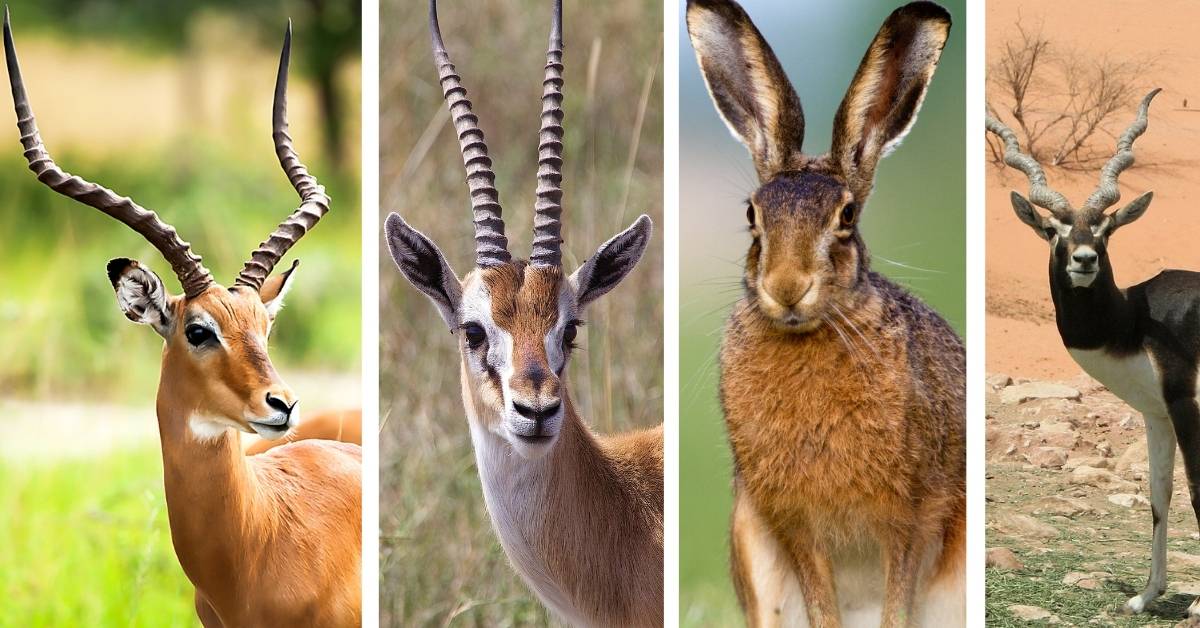In the wild, survival is often dependent on speed, agility, and the ability to escape predators. While most animals rely on their adult strength and experience to evade danger, some mammals have evolved a remarkable trait: their babies can outrun potential threats almost from birth. This unique adaptation is particularly common among prey species that inhabit open landscapes, where young animals are vulnerable to predation from the moment they are born.
In this article, we will explore the environmental niche of mammal whose babies can outrun predators, focusing on the ecological significance of this adaptation, the environments where it is most commonly found, and the evolutionary pressures that have shaped the behavior of these remarkable animals. We will also examine specific examples of mammals with fast-developing young and discuss the conservation challenges they face in modern ecosystems.
1. Overview: What Are Mammal Whose Babies Can Outrun Predators?
Mammal whose babies can outrun predators exhibit a fascinating blend of early physical development and survival instincts. In many cases, these animals are born in environments where the risk of predation is high, and the ability to move quickly is essential for survival. Species with fast-developing young typically give birth to precocial offspring—young that are relatively mature and mobile at birth, as opposed to altricial species, whose young are helpless and require significant parental care.
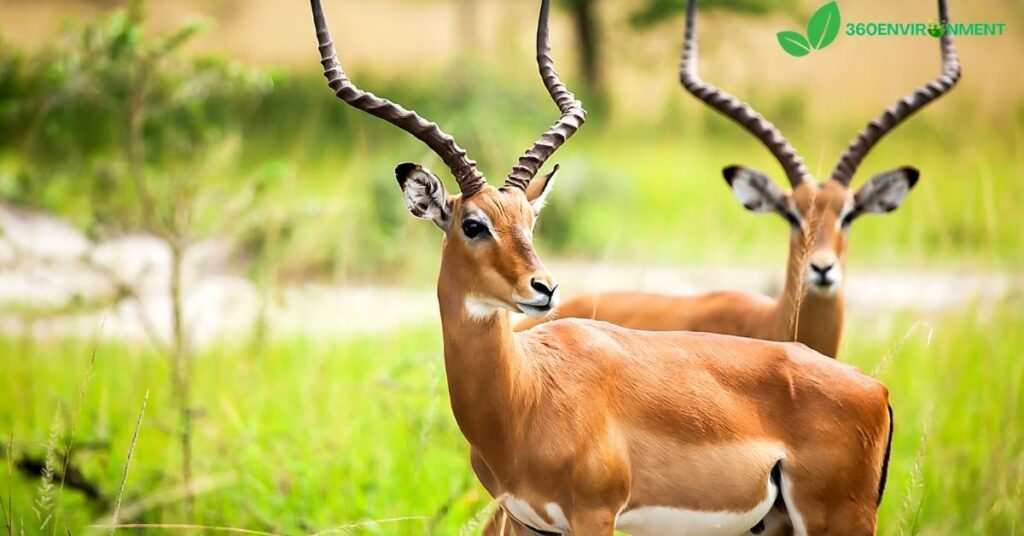
1.1. Definition of Precocial Mammals
In biological terms, precocial species are those whose young are born in an advanced state of development. These mammals give birth to offspring that are able to see, hear, and move independently within hours or days of birth. This early development is particularly advantageous in environments where the risk of predation is high, as it allows the young to escape danger quickly and keep up with their mothers or herds.
- Characteristics of Precocial Mammals: Precocial young are typically born with their eyes open and are covered in fur. They have strong legs and are capable of standing, walking, and even running shortly after birth. These physical traits give them a significant advantage in escaping predators in open environments.
- Contrast with Altricial Mammals: In contrast to precocial mammals, altricial mammals give birth to young that are born in a more underdeveloped state. These offspring are often blind, hairless, and incapable of moving independently, requiring extended parental care and protection in a safe nest or den.
1.2. Examples of Mammal Whose Babies Can Outrun Predators
Several mammal species are known for giving birth to young that are able to outrun predators within a short time after birth. These species are commonly found in environments where the threat of predation is high, such as grasslands, savannas, and open plains.
- Ungulates: Many species of ungulates, or hoofed mammals, give birth to precocial young that are capable of outrunning predators. Examples include antelopes, gazelles, and certain species of deer. These animals are born in open habitats where predators like lions, cheetahs, and hyenas pose a constant threat.
- Lagomorphs: Some species of hares, which are lagomorphs, also give birth to young that can outrun predators almost immediately. Unlike rabbits, which give birth to altricial young, hares produce precocial offspring that are born fully furred and with the ability to run.
2. Habitat and Geographic Distribution
The adaptation of mammal whose babies can outrun predators is closely tied to the environments they inhabit. These animals are typically found in open landscapes where there is little cover to hide from predators, making speed and agility crucial for survival.
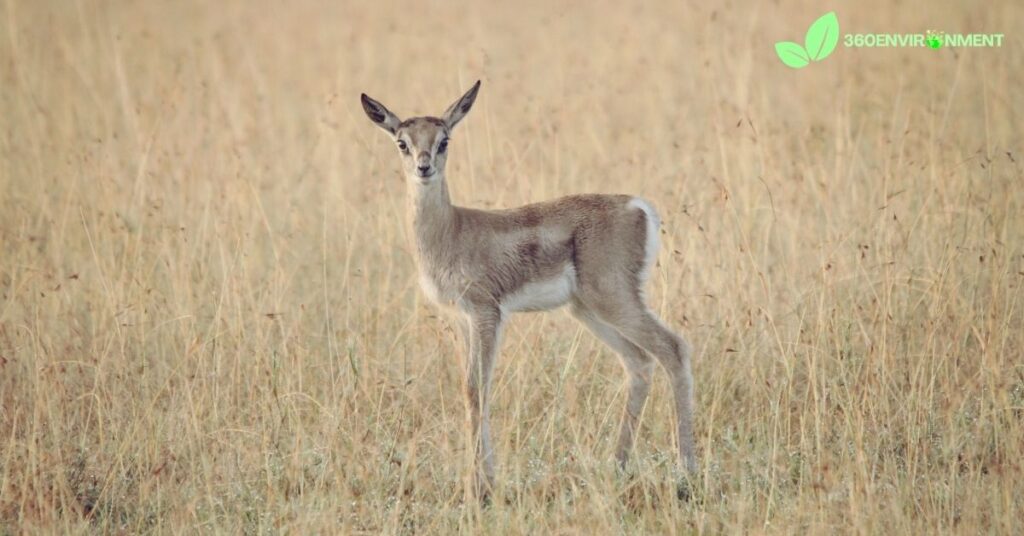
2.1. Grasslands and Savannas
One of the primary habitats for mammals with precocial young is the grasslands and savannas of Africa. These ecosystems are characterized by vast open spaces, sparse tree cover, and large populations of grazing herbivores. In such environments, being able to run quickly is essential for survival, as predators like lions, cheetahs, and wild dogs often hunt by sight and rely on speed to catch their prey.
- Examples from the African Savanna: Species like the Thomson’s gazelle (Eudorcas thomsonii) and the springbok (Antidorcas marsupialis) are well-known for giving birth to young that can run shortly after birth. In these species, the ability of the young to flee from predators is a key survival strategy.
- Predation Pressure: In the African savanna, predation pressure is intense, with a high density of apex predators. As a result, prey species have evolved various strategies to avoid predation, including the development of precocial young that can outrun threats almost immediately after birth.
2.2. Open Plains and Deserts
In addition to grasslands and savannas, mammal whose babies can outrun predators are also found in open plains and desert regions, where vegetation is sparse and cover is limited. In these environments, speed and agility are often the only defenses against predators.
- Pronghorn (Antilocapra americana): The pronghorn, which is native to the open plains of North America, is an excellent example of a mammal whose young can run shortly after birth. Pronghorn fawns are capable of reaching speeds of up to 40 miles per hour within a few days of being born, allowing them to escape predators such as coyotes and bobcats.
- Desert-Adapted Species: In desert ecosystems, where cover is scarce and temperatures can be extreme, mammals with fast-developing young have evolved to rely on their ability to outrun predators rather than hide. Species like the blackbuck (Antilope cervicapra) of India’s arid regions give birth to young that can quickly escape threats.
3. Adaptations for Early Mobility in Young Mammals
The ability of some mammal species to give birth to young that can outrun predators is the result of several key adaptations. These adaptations allow the young to develop quickly and gain the strength and coordination needed to evade danger from a very early age.
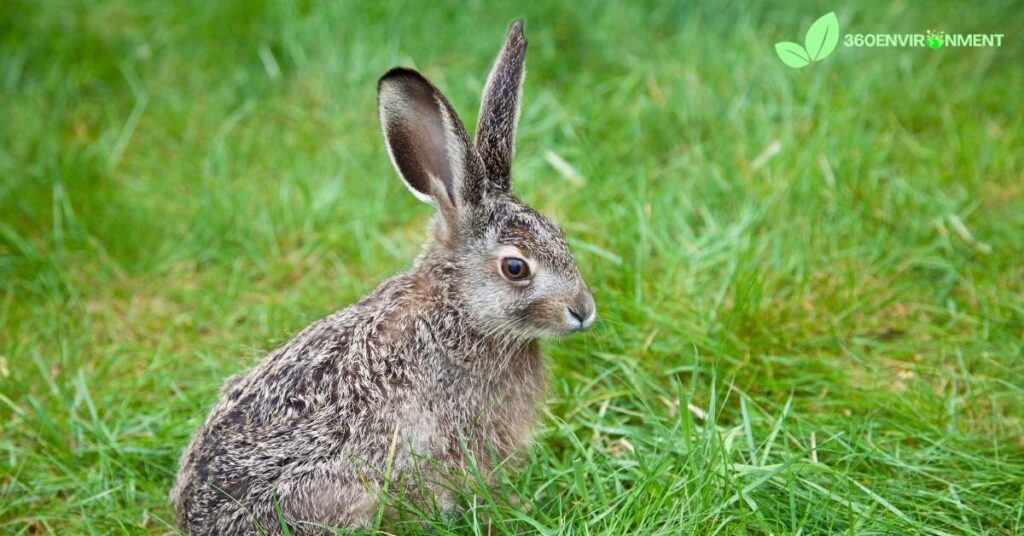
3.1. Precocial Birth and Development
One of the primary adaptations that allows the young of certain mammals to outrun predators is their precocial development. Precocial species invest more time and energy in gestation, resulting in offspring that are more physically developed at birth compared to altricial species.
- Extended Gestation Period: Precocial mammals tend to have longer gestation periods than altricial species. During this time, the developing fetus grows larger and more robust, allowing it to be born with stronger muscles, bones, and coordination.
- Rapid Physical Development: After birth, precocial young experience rapid physical development. Their legs, which are crucial for running, are well-developed at birth, and their muscles are strong enough to support fast movement. This early physical development is a critical survival advantage in environments where predation is a constant threat.
3.2. Sensory and Cognitive Development
In addition to their physical development, the young of mammals whose babies can outrun predators are born with advanced sensory and cognitive abilities. These traits allow them to perceive danger and respond quickly, increasing their chances of survival.
- Keen Senses: Precocial young are born with their eyes open and their ears functioning, allowing them to see and hear potential predators from the moment they are born. This sensory development is essential for detecting threats and coordinating rapid escapes.
- Early Coordination and Agility: The ability to run and maneuver requires not only physical strength but also coordination. Precocial young are born with a higher degree of neurological development, giving them the coordination needed to escape predators. Their agility allows them to make quick turns and evade capture, even at a young age.
3.3. Maternal Strategies and Protection
While the young of precocial mammals are capable of running from predators, they still rely on their mothers for protection and guidance during the first weeks of life. The relationship between mother and offspring is crucial for survival, as mothers help protect their young from danger and guide them to food and water.
- Maternal Vigilance: In many species, mothers remain highly vigilant during the early days and weeks after giving birth, keeping a close watch for predators. They may use alarm calls or other signals to alert their young to danger, prompting the young to flee.
- Herding Behavior: In herd species, mothers and other adults often work together to protect the young from predators. The herd may form protective circles around the young or use distraction tactics to draw predators away. This collective defense strategy is particularly important in environments where large carnivores are common.
4. Ecological Role and Importance of Precocial Young in Ecosystems
The presence of mammal whose babies can outrun predators has significant ecological implications. These species play important roles in their ecosystems, not only as prey but also as contributors to biodiversity and habitat structure.

4.1. Role as Prey Species
One of the most obvious ecological roles of mammal whose babies can outrun predators is their role as prey. These species are key components of the food webs in their respective ecosystems, supporting populations of predators like lions, cheetahs, wolves, and coyotes.
- Balancing Predator Populations: The abundance of prey species like gazelles, pronghorns, and antelopes helps regulate predator populations. When prey species are abundant and able to reproduce successfully, predator populations thrive. Conversely, declines in prey populations can lead to declines in predator numbers.
- Predator-Prey Dynamics: The ability of precocial young to outrun predators contributes to the dynamic balance between predator and prey species. While not all young animals are able to escape predators, the survival of even a portion of the population ensures the continued reproduction and growth of prey species.
4.2. Impact on Vegetation and Habitat Structure
Many of the species that give birth to fast-developing young are herbivores, which means they have a direct impact on vegetation and habitat structure. By grazing on grasses and other plants, these animals help shape the ecosystems they inhabit.
- Grazing Pressure: Species like gazelles and antelopes exert significant grazing pressure on grasslands and savannas. Their feeding habits help control plant growth and maintain the balance of vegetation, preventing any single species from becoming dominant. This grazing activity also creates open spaces that benefit other species, such as ground-nesting birds.
- Seed Dispersal: In addition to grazing, herbivores like pronghorns and antelopes play a role in seed dispersal. As they move through their environment, they carry seeds on their fur or in their droppings, helping plants spread and colonize new areas.
4.3. Contribution to Biodiversity
The presence of mammal whose babies can outrun predators contributes to the overall biodiversity of the ecosystems they inhabit. These species are part of complex food webs that include predators, scavengers, and other herbivores. Their interactions with other species help maintain the health and resilience of ecosystems.
- Supporting Predator Species: By serving as prey, precocial mammals support populations of predators that are critical for maintaining ecological balance. Apex predators help regulate populations of smaller predators and herbivores, preventing overgrazing and ensuring the health of plant communities.
- Enhancing Ecosystem Resilience: The diversity of prey species in an ecosystem enhances its resilience to environmental changes. When multiple prey species are present, ecosystems are better able to withstand fluctuations in predator populations, disease outbreaks, and other disturbances.
5. Conservation Challenges and Efforts to Protect Mammals with Precocial Young
Despite their remarkable adaptations, many species of mammal whose babies can outrun predators face significant conservation challenges. Habitat loss, climate change, and human activities such as hunting and land development threaten the survival of these species and the ecosystems they inhabit.
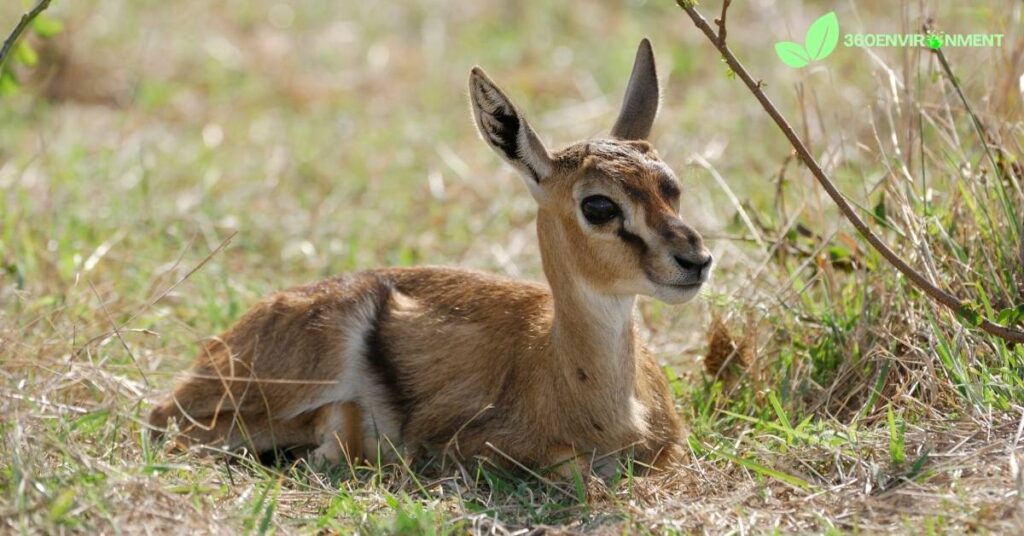
5.1. Habitat Loss and Fragmentation
One of the primary threats to mammals with precocial young is habitat loss. As human populations expand and land is converted for agriculture, urban development, and infrastructure, the natural habitats of species like gazelles, pronghorns, and antelopes are being destroyed or fragmented.
- Loss of Grasslands and Savannas: The conversion of grasslands and savannas into farmland is a major driver of habitat loss for species like the Thomson’s gazelle and the springbok. These animals rely on open landscapes for grazing and protection from predators, and the loss of these habitats can lead to population declines.
- Impact of Fragmentation: Habitat fragmentation, where large areas of habitat are broken up into smaller, isolated patches, poses a significant challenge for species with precocial young. Fragmented habitats make it more difficult for these animals to find food, escape predators, and reproduce successfully.
5.2. Climate Change
Climate change is another major threat to mammals whose babies can outrun predators. Changes in temperature, precipitation patterns, and the frequency of extreme weather events can have profound effects on the ecosystems these animals depend on.
- Drought and Water Scarcity: In regions like the African savanna, prolonged droughts caused by climate change can reduce the availability of water and food for species like gazelles and antelopes. Drought conditions can also weaken these animals, making them more vulnerable to predation.
- Changing Vegetation Patterns: Climate change can alter the distribution of plant species, affecting the availability of food for herbivores. As vegetation patterns shift, species that rely on specific types of plants may struggle to find enough food to survive and reproduce.
5.3. Human Activities and Hunting Pressure
Human activities, including hunting, poaching, and land development, pose significant threats to mammals with precocial young. In many parts of the world, these animals are hunted for their meat, skins, and horns, leading to population declines.
- Poaching for Trophy Hunting: In some regions, species like antelopes and gazelles are targeted by poachers for their horns, skins, and other body parts. Trophy hunting can reduce population numbers and disrupt the social structure of herds, making it more difficult for these animals to reproduce and raise their young.
- Conflict with Agriculture: As human populations expand, conflicts between wildlife and agriculture become more common. Species like pronghorns and blackbucks may compete with livestock for grazing land, leading to retaliatory killings by farmers and ranchers.
6. Conservation Efforts and Solutions
Despite the challenges facing mammals whose babies can outrun predators, there are ongoing conservation efforts aimed at protecting these species and their habitats. Conservation strategies focus on habitat protection, wildlife corridors, and sustainable land use practices.
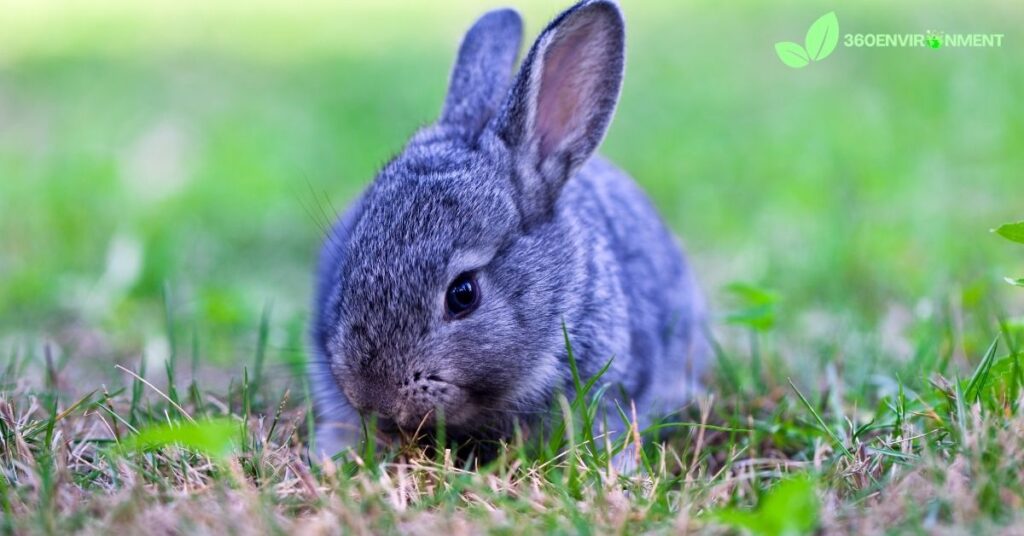
6.1. Protected Areas and Wildlife Reserves
Establishing protected areas and wildlife reserves is one of the most effective ways to conserve mammal whose babies can outrun predators. These areas provide safe havens for wildlife, where they are protected from hunting and habitat destruction.
- National Parks and Reserves: In regions like Africa and North America, national parks and wildlife reserves have been established to protect species like gazelles, pronghorns, and antelopes. These protected areas allow populations to recover and provide important refuges for wildlife during times of environmental stress.
- Wildlife Corridors: Creating wildlife corridors that connect fragmented habitats is another important conservation strategy. Wildlife corridors allow animals to move freely between different areas, ensuring that they can find food, water, and mates even in fragmented landscapes.
6.2. Community-Based Conservation
Engaging local communities in conservation efforts is crucial for the long-term protection of mammals whose babies can outrun predators. Community-based conservation programs provide economic incentives for people to protect wildlife and manage land in ways that benefit both humans and animals.
- Eco-Tourism: Eco-tourism is one way to generate income for local communities while promoting wildlife conservation. Visitors who come to see animals like gazelles and antelopes in their natural habitats contribute to the local economy, providing an incentive to protect these species.
- Sustainable Land Use: Encouraging sustainable land use practices, such as rotational grazing and wildlife-friendly agriculture, can help reduce conflicts between wildlife and farmers. By managing land in ways that support both livestock and wildlife, communities can coexist with species like pronghorns and blackbucks.
Conclusion: The Importance of Protecting Mammal Whose Babies Can Outrun Predators
Mammal whose babies can outrun predators represent a fascinating example of evolutionary adaptation. These species, found in grasslands, savannas, and open plains, have evolved to give birth to precocial young that can escape danger from an early age. This adaptation plays a critical role in the survival of these species in environments where predation is a constant threat.
The ecological significance of these mammals extends beyond their ability to outrun predators. They play important roles in maintaining ecosystem balance, supporting predator populations, and contributing to biodiversity. However, many of these species face significant threats from habitat loss, climate change, and human activities.
Conservation efforts focused on habitat protection, community engagement, and sustainable land use are essential for ensuring the survival of mammal whose babies can outrun predators. By protecting these species and their habitats, we can help preserve the remarkable diversity of life in the ecosystems they inhabit.
Read More: Baby Spider Monkeys: Understanding their Habitat, Behavior, and Role Ecosystem

